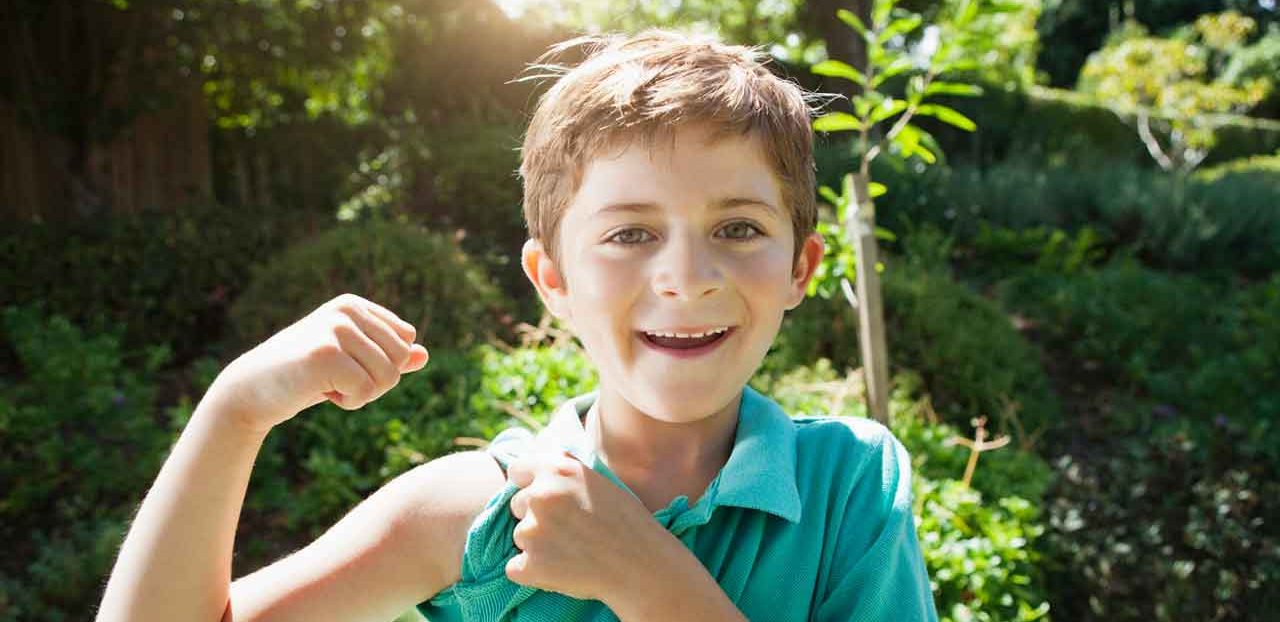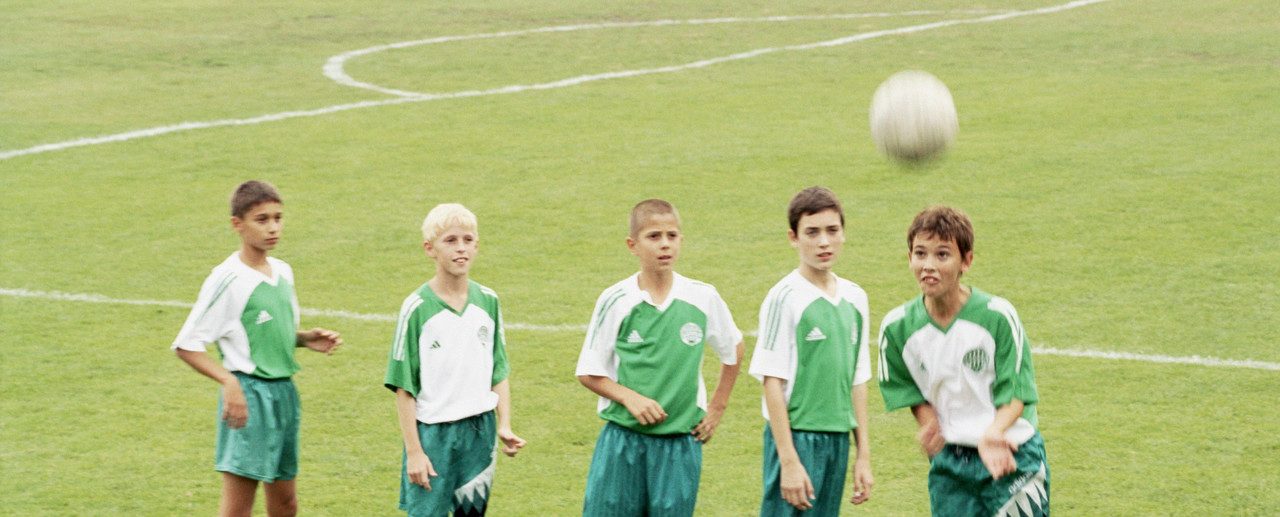February 23, 2018
Why Optimism Is Good for Kids (and their Parents)

A child’s life comes with two guarantees: sometimes things go your way, and sometimes they don’t. Does it matter if that kid is optimistic? The answer is yes.
To unpack this conclusion, it’s critical to first understand what we mean by optimism. While we have all heard the “glass is half full” expression, it doesn’t get to the specifics of why optimism is a good thing. Consider these points:
- There is an optimal level of optimism, one that resides between pessimism and magical thinking.
- There is a cognitive component, which is that future outcomes will be positive.
- There is a motivational component, which is that those future positive outcomes will come from strategic effort.
YOU MIGHT ALSO LIKE: Cultivating a Growth Mindset in Children: Why and How
Putting these points together leads to understanding why optimism can influence behavior. Optimists have a belief that they can make a situation better with their actions. In contrast, pessimists think that things are stacked against them no matter what they do, and magical thinkers hang on to the idea that something fabulous will “just happen” out of the blue. In fact, it can be argued that optimists are the most realistic people – they acknowledge the specifics of what is happening and simply look to see how they can make things better for themselves. This is why optimism can influence health, including recovery from heart surgery. Optimists don’t think that they’ll be able to go run a marathon two days after having their chest cracked open. They think that if they follow the guidelines for recovery they will promote their healing as it happens in real time.
What about children? Why should parents think about fostering optimism in childhood? Let’s look at it developmentally.
While toddlers and young children aren’t assessed for optimism per se, it’s quite clear that negative thoughts and emotions can hold them back – and conversely that positivity is fuel for development. Every child needs to develop task persistence, the ability to keep working productively on things that are hard. It can be anything – learning to tie a shoe, doing a puzzle, reading or writing. Thinking back to the cognitive and motivational components of optimism, the ability to think that you can drive your own successes – defined as “little,” immediate successes like finding ways of making small progress in doing a puzzle or learning to write – by applying your own strategic efforts starts paying off right away.
YOU MIGHT ALSO LIKE: Social Skills Matter in Early Childhood
Developing the roots for optimism sets a template for later childhood and adolescence when the challenges, and perceived stakes, can grow. Researchers have shown that optimism – more formally defined and assessed – starts to take hold in middle childhood (around 10 years of age). At this age, optimistic kids show evidence of perceiving setbacks accurately and coming up with next small steps to make things better. For example, given a scenario in which they break a leg and can’t play with their friends, they will acknowledge everything they can’t do, but also generate alternatives (like inviting kids to their house) to make the situation a little bit better until they are fully healed. This is nuanced thinking, and it is the stuff that drives very successful people. Conversely, kids who are not optimistic will deprive themselves of opportunities to make things better, and have a more difficulty time getting through setbacks.
If you are not convinced of this, translate the ideas to the classroom. Suppose a child is struggling with math in freshman year of high school. What do you think would be the most productive approach? Getting down on themselves and thinking that there’s no point to figuring out ways to improve? Or being strategic and working with a teacher to identify ways of improving slowly but surely?
Optimism is an especially important trait to consider during adolescence and the transition to young adulthood. Think about that freshman year of college, and about what it will be like to find a job after graduating college. There will be all kinds of struggles, setbacks, adversities, and challenges. They will undoubtedly require persistence and effort and strategic thinking and endurance. This is when optimism makes a difference. You can’t assume your dream job will appear magically. You may have to keep “knocking on doors” and examining your strategies and be realistic about the current landscape. Maybe you need a Plan B to get you to Plan A. Optimists will do all those things.
What can parents do to promote optimism in their kids? To be sure, there are dispositional differences – some kids seem more inclined to optimism than others. But optimism is not as “heritable” as you might think, and child-rearing practices make a difference. Cranky toddlers can be socialized to be more positive, and happy toddlers can be influenced to become cranky. Modeling optimistic thinking in the home impacts children tremendously – for example school achievement in the face of adversity is associated with parental optimism. Whether your child is two or 10 or 20, help them acknowledge the real bumps in the road they are facing (big or small), encourage them to think through ways of making the situation better in the future one small step at a time, and remind them that positive thoughts lead to positive actions. There is no magic wand in life. But being optimistic allows one to do everything they can to make their life better. And every now and then, all those small actions can even lead to big successes.
YOU MIGHT ALSO LIKE: Getting Your Child to Listen: The Art of Redirection


